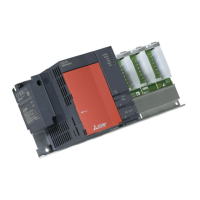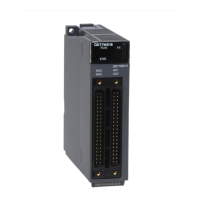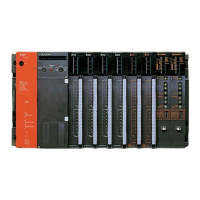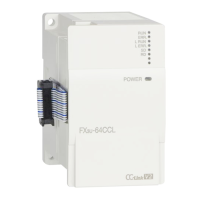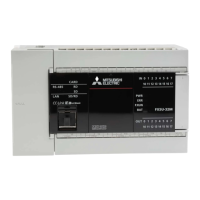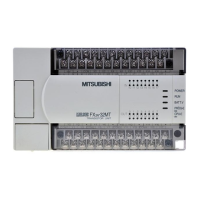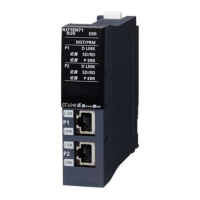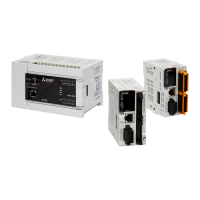184
3.14 Sampling Trace Function
This function samples the data of the specified device at a preset timing and at a preset interval (sampling cycle), and
then stores the trace results in the sampling trace file.Note 3.9
(1) Application
The change in the device data used in the program during debugging can be checked at a specified timing. Also,
this function is used to read the device data at trigger condition establishment.
(2) Sampling trace file
This file stores the trace setting necessary for executing the function and trace results. A sampling trace file is
stored in the following memory.
(3) Sampling trace operation
(a) Operation of the CPU module
When a sampling trace trigger is issued by a programming tool, the CPU module executes traces for the preset
number of times. The number of traces will be a value of which the number of bytes for the sampling trace area
divided by the number of bytes of the specified device (N1 + N2 + N3 + word device points × 2 + (bit device
points/16) × 2).
*1 *2
*1 Round up the result of "bit device points/16" in the expression to the right of the decimal point.
*2 Add the following values to N1 to N3 according to the items selected under the trace additional information of the trace
condition setting.
• N1: When "Time(sec)" is selected, add "4".
• N2: When "Step no." is selected, add "10".
• N3: When "Program name" is selected, add "8".
*3 When the trigger is issued, the CPU module samples data for the preset number of times and latches the data in the
sampling trace area.
Note 3.9
The Q00UJCPU does not support this function.
CPU module Memory
Q00UCPU, Q01UCPU, QnUDVCPU, QnUDPVCPU Standard RAM
Q02UCPU, QnUD(H)CPU, QnUDE(H)CPU Standard RAM or SRAM card
CPU module
Standard RAM/memory card
*3
Specified
device data
Sampling trace area
Device
area
File
register
area
1st trace data
2nd trace data
3rd trace data
4th trace data
5th trace data
6th trace data
(n-1)th trace data
n th trace data
n-1
1
2
3
4
5
6
1
2
3
4
5
6
nn
n-1
When data is stored for n th time,
the next data overwrites the 1st data.
Read out the
trace data to
a peripheral.
Sampling trace area
The specified
number of trace
data sets is
displayed.
Monitoring
sampling trace
data
Programming tool
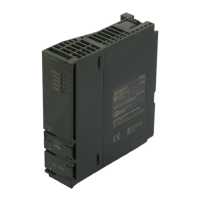
